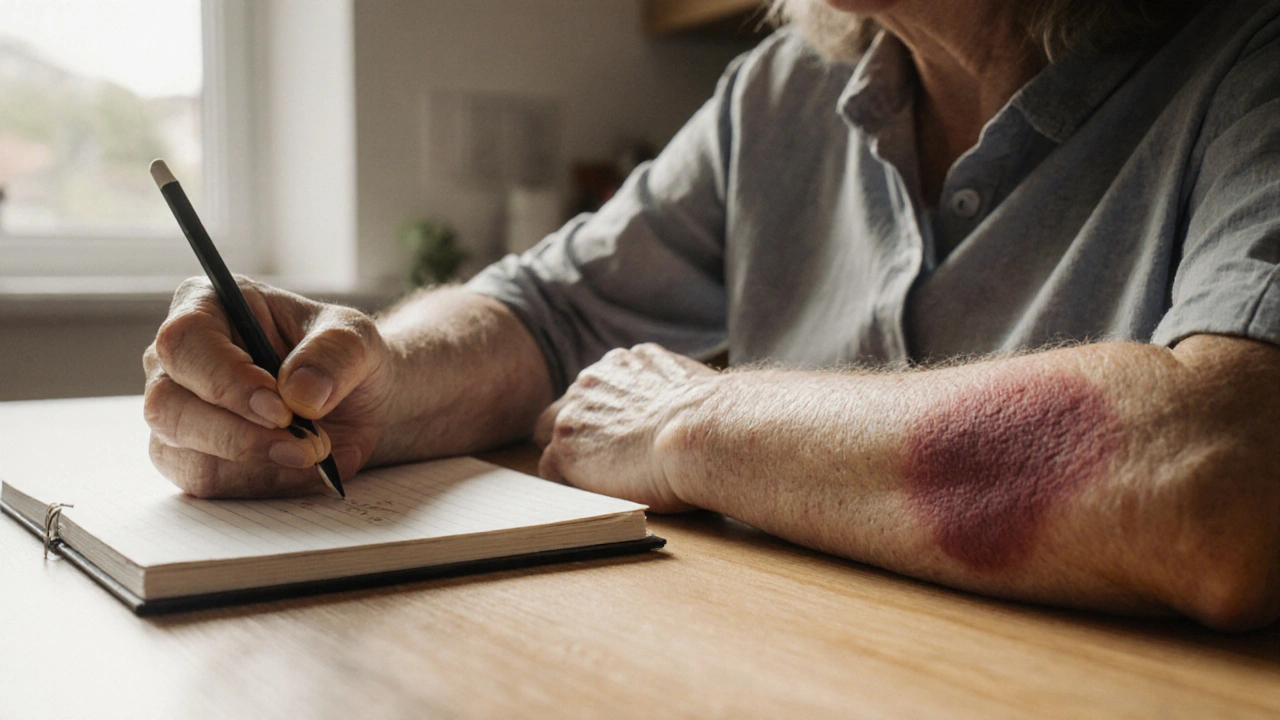Mycosis Fungoides Overview
When dealing with mycosis fungoides, a rare skin lymphoma that starts as patches or plaques, also known as cutaneous T‑cell lymphoma, the most common type of primary cutaneous lymphoma, patients often explore treatments like topical steroids, anti‑inflammatory creams that reduce skin lesions or phototherapy, controlled UV light therapy that can slow disease progression. This disease sits at the intersection of dermatology and oncology, meaning you’ll hear both skin‑care and cancer‑focused language when reading about it. mycosis fungoides is a type of cutaneous T‑cell lymphoma, it usually begins slowly, and it can evolve over many years.
Key Points About Mycosis Fungoides
Most people notice the first signs as flat, scaly patches that look like eczema or psoriasis. Over time, those patches may thicken into plaques or form tumors, especially on the trunk, arms, or legs. It’s easy to miss because the early lesions often mimic common inflammatory skin conditions. Doctors usually confirm the diagnosis with a skin biopsy, checking for atypical T‑cell infiltrates under the microscope. Staging follows the TNM system, which looks at skin involvement (T), node involvement (N), and any spread to blood or internal organs (M). Early‑stage disease (IA‑IIA) stays limited to the skin and typically responds well to skin‑directed therapies, while later stages may need systemic treatments like retinoids, interferon, or even chemotherapy.
When it comes to treatment, the goal is to control symptoms, halt progression, and preserve quality of life. Topical steroids are often the first line for mild patches because they calm inflammation and shrink lesions. For thicker plaques or early tumors, phototherapy—especially narrowband UVB or PUVA—offers a non‑invasive way to target abnormal T‑cells. Radiation therapy can be useful for isolated tumors, while systemic options such as oral retinoids, interferon‑alpha, or newer targeted agents are reserved for advanced disease. Lifestyle tweaks also matter: protecting skin from sunburn, using gentle moisturizers, and staying on top of follow‑up appointments help keep the disease in check. The collection below includes detailed comparisons of acid‑reducers, skin creams, and other meds that often appear in the treatment conversation, giving you a practical look at how each option stacks up for managing skin‑related issues that can accompany mycosis fungoides.

